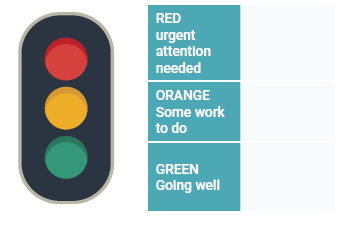This step goes in the direction of searching for synergies and mutual improvement in the monitoring processes conducted for the measures contained in (typically existing) SUMPs and SECAPs, yet without prejudice to standard monitoring procedures normally used for SUMPs (and SECAPs).
Looking at the SUMP guidelines, Step 2.3.6 is closely related to Phase III ‘Elaborating the plan’ - Step 8 ‘Build Monitoring and assessment into the plan’ - Activity 8.1: Arrange for monitoring and evaluation.
Step 2.3.5 is related to chapter 11 of the general guidelines ‘How to develop a Sustainable Energy Action Plan Guidebook part 1’ and also to the ‘Quick Reference Guide Monitoring SECAP implementation’.
Harmonization of two different CO2 emissions evaluation processes is not the only technical aspect to deal with.
In order to monitor progress, both SECAP and SUMP utilize several indicators (as described in par. 2.3.1), which are usually directly related to specific actions. A common set of indicators, based on the same database, with a shared methodology for updating, should be used as a reference for monitoring and evaluating actions and scenarios. The methodology for collection and sharing of data is closely linked to a constant and productive dialogue among the staff operating in different departments and responsible for the implementation of actions, both inside and outside the local authority (e.g. public and private partner companies).
It is particularly important to plan a periodic review and a potential adaptation of SECAPs and SUMPs based on their harmonized monitoring results. It could happen that some of the measures of one plan affect measures of the other (e.g. the traffic is jammed in a street due to the refurbishment of a large building or renovation of street lighting to improve energy efficiency). Thus, it could be necessary to review the impact of such action by implementing a joint review of the two plans, recalculating the indicators and planning further and alternative measures to overcome the problem in order to reduce pollutant emissions and improve citizens’ quality of life.
Rate your performance
For a clear outlook of results, SIMPLA suggests to use a colour code to signal urgency of action when completing the table above, as described in the box shown below.

Figure 9: Colour code for performance rating

